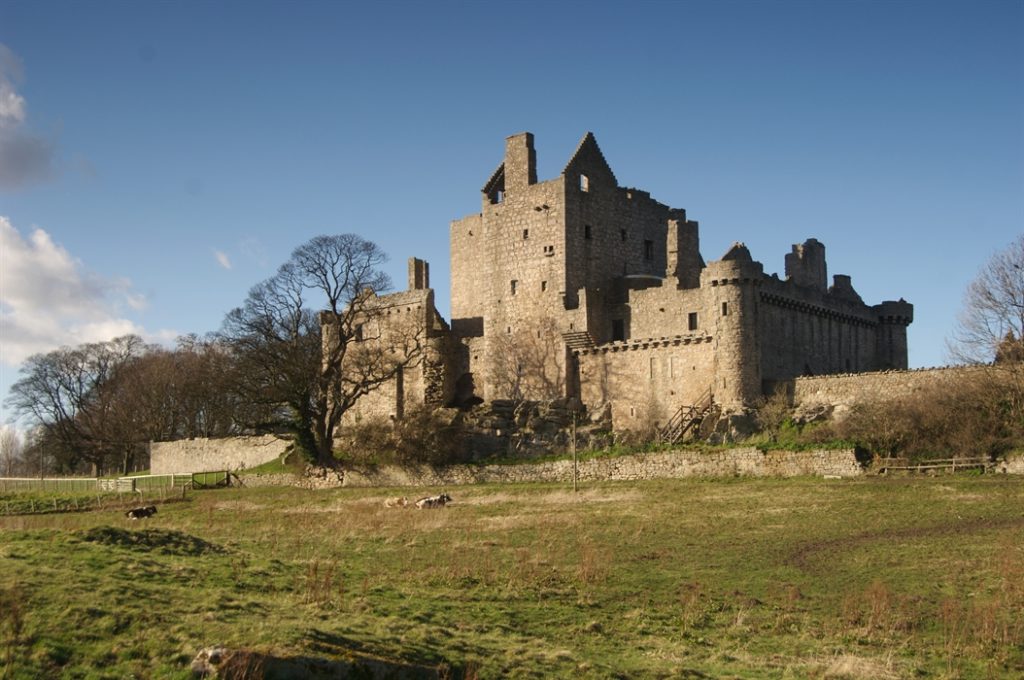The feudal system in Scotland set all lands as property of the crown. These lands, or baronies, were dealt out to favourite lords and knights by the monarch as fiefdoms.
Upon the death of the lord, or baron, his son or heir would inherit the barony upon a royal seal or charter. A provision of this charter required that the lands or buildings might be reclaimed or used as seen fit by the king or queen of the time.
Such a situation arose, in 1477, during the reign of James III: Craigmillar Castle was used to imprison the King’s brother, the Earl of Mar. James III’s had been convinced that his brothers were plotting against him. The Duke of Albany, the other brother, was similarly being held at the Castle of Edinburgh.

It seems that the Kings brothers were favourites of the nation, celebrities of their time. The Earl of Mar was described as handsome and gay, a man of ane great and well proportioned stature, weel-fared and comlie in all his behaviours. He was a keen hunter, sportsmen and horse breeder for warlike purposes.
By way of contrast, James III was a man known for his love of music, architecture, poetry and study.
Pitscottie described him as one that loved solitariness and desert, and never to hear of wars, nor the name thereof; but delighted more in the policies of bigging than he did in the governance of his realm. He was also wondrous covetous in conquesting of money rather than hearts of his barons, and he delighted more in singing and playing on his instruments than he did in the defence of the borders or administrations of justice, the which at length caused him to came to ruin. And, it seems, the Scottish nobility had not taken to him.
As is so often the case in history, not least of which, Royal history, the true facts of events have become blurred. Certainly the Earl had died by way of a cut to one of his wrist veins.
He had been long held in the dungeons at Craigmillar and, so goes one account, that he chose his own manner of death; relaxing in the warm waters of a hot tub.
Others say he had his death in a house in the Canongate. There never was any charge of murder. The Duke of Albany seems to have fared better, escaping from Edinburgh Castle to the French court.
Leave a Reply